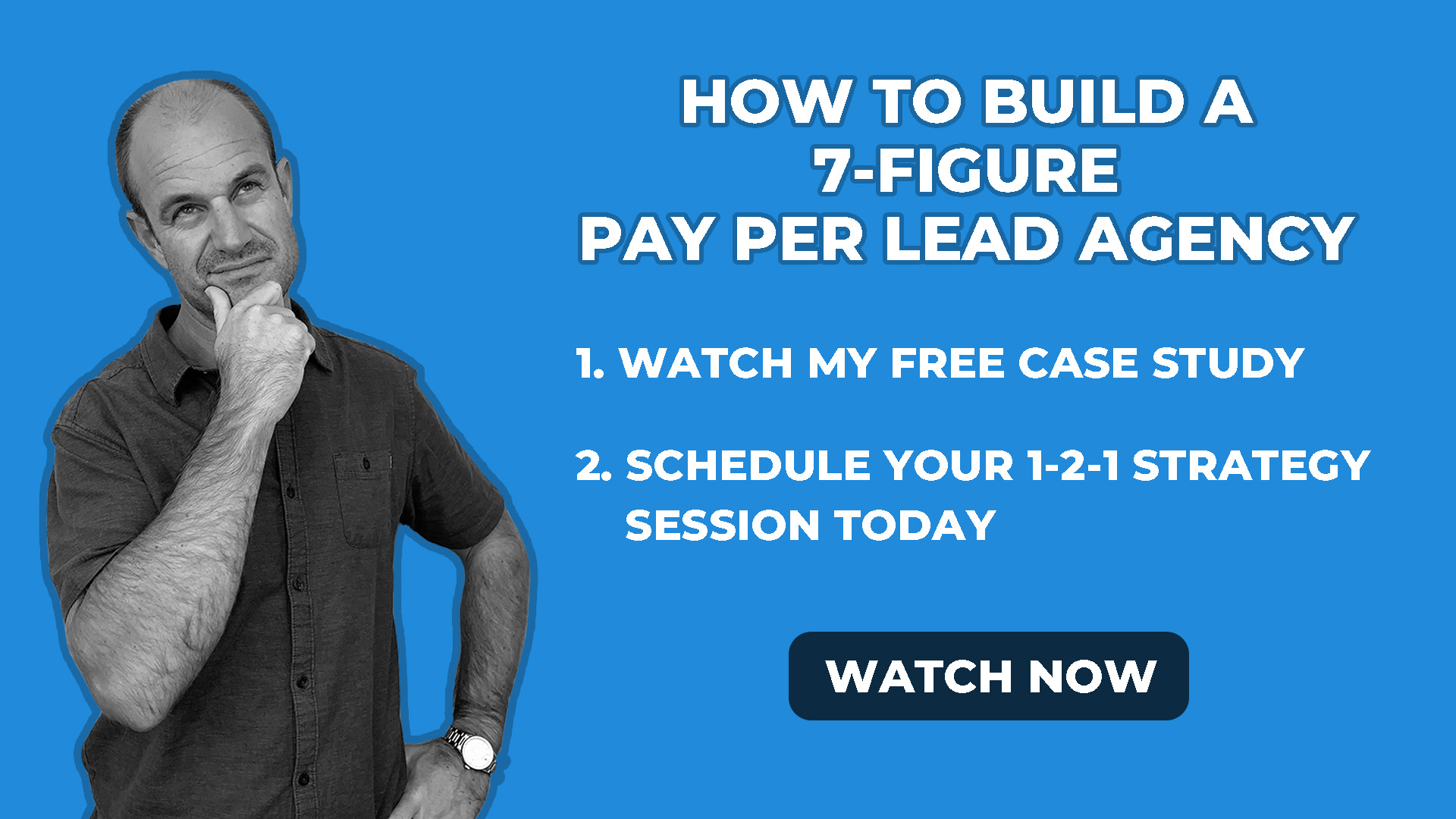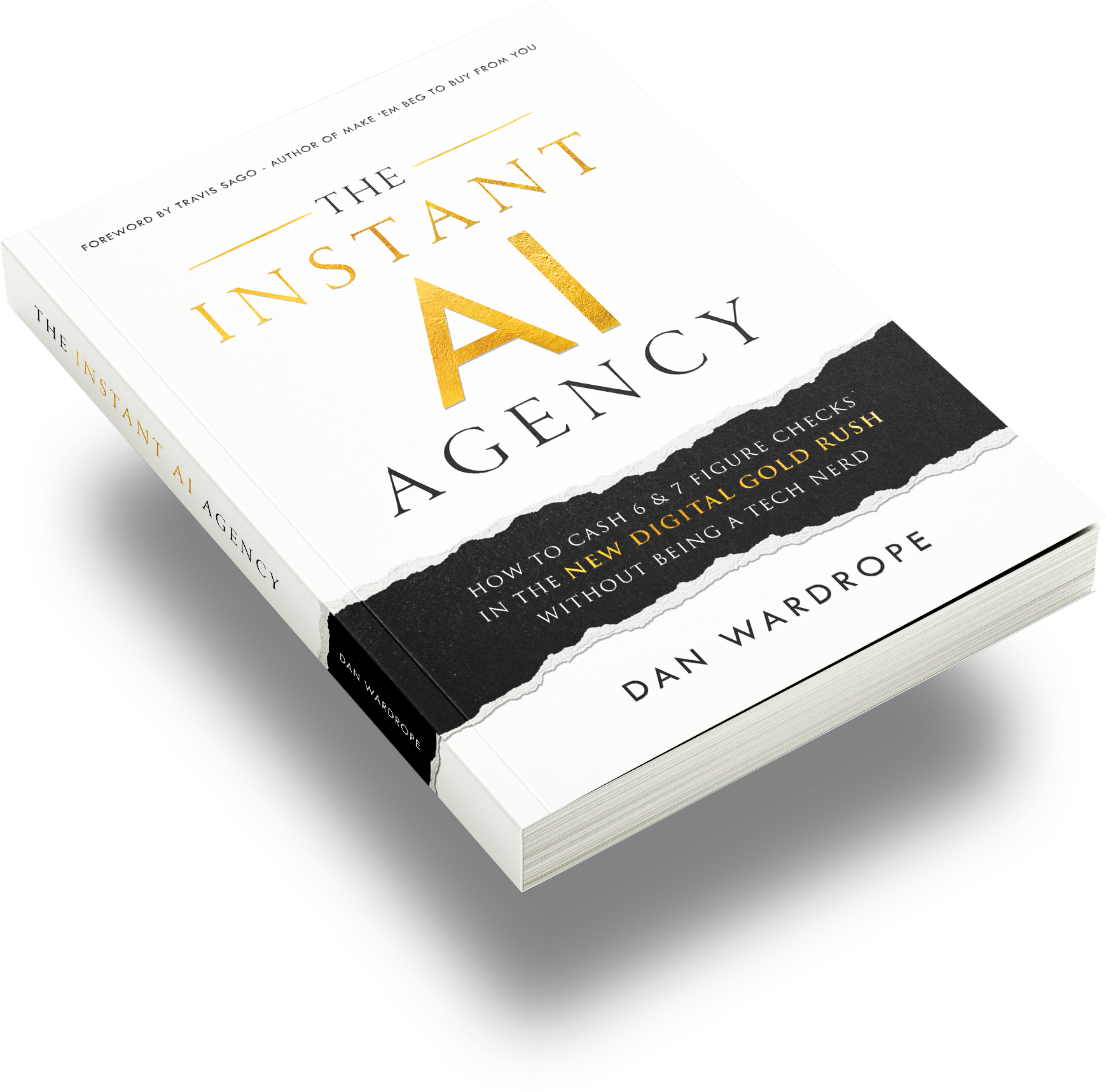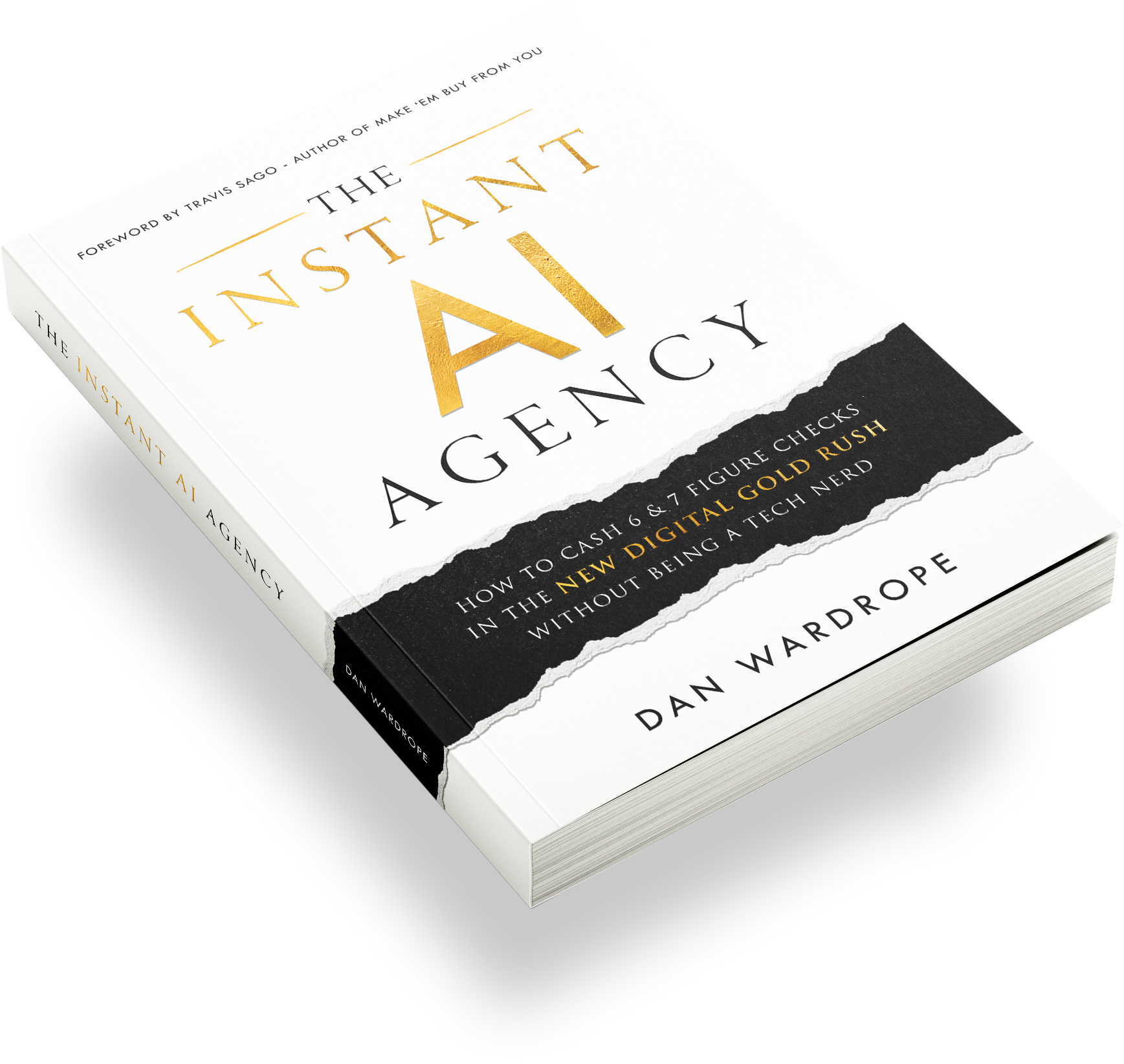Hi everyone!
Today’s post is going to be more video-based than writing, as I can show you what I mean clearly on screen.
I’ve included a transcript of the video below for you to follow.
Enjoy!
Dan.
Video Transcript
Hello, everyone. Today I want to talk to you about what we call “the transition” within our pay-per-lead agency. So this is something that we teach within our program. It’s the reason why we can generate a whole load of leads very cheaply, and this is perfect for something like YouTube or Facebook ads.
This process of what I’m about to show you here. It can be used in several different applications or any vertical. I’m going to show you what it looks like in a random example. Let’s say kitchen remodelling or high-end kitchens.
I’m gonna run you through what a campaign might look like on this whiteboard behind me here and hopefully it’ll give you a picture of what I mean by the transition. If you’ve ever heard of some people that are generating 10,000 leads a day in an industry, it could be health or wellness or whatever, this is how they do it, okay? This is ninja stuff, and I want you guys to understand how it works. So, our funnels look like this. We run a few different types, but the funnels, in essence, look like this [example in the video].
Okay, so we have an ad. This could be Facebook, Twitter, YouTube or the Display Network. The way we position the ad is to go broad with the audience. Then, we want to ask a question which the audience can’t do anything but answer (if that makes sense).
For the kitchen remodelling, I haven’t tested this yet, and I don’t know whether it works. This is just a dummy campaign that I’ve just come up with, but it’ll illustrate what I mean. So kitchen remodelling is quite a well-known industry. Usually, kitchens are costly, and people get ripped off.
I know this because a couple of years ago, we had a kitchen fitted and we spent way too much money. I’ve never understood how they can charge so much compared to everything else that goes on in a house.
So, a perfect kind of question to ask or angle into this market would be:
“Are you someone that might get ripped of by a kitchen remodeler, a high-end kitchen salesman? Are you likely to be ripped off by someone selling a kitchen in your new home?”
This is a very different ad to an ad that might be like “get your 0% interest kitchen. Apply here for a free consultation”. Everyone’s doing that.
The angle into the market is very different. We say something controversial in the ad, like “What are the nine signs you’re going to be ripped off by a high-end kitchen salesman?”, then we send the traffic to a quiz or a survey.
A quiz or survey is essentially the same thing.
We use LeadsHook as our chosen survey software. It’s fantastic, LeadsHook. If you haven’t heard of it, then go check it out, as it’s an awesome tool.
Then we send them to a results page. So, they take this quiz where we ask them questions on whether or not they’re going to be ripped off.
The quiz could include questions that are valuable to the end buyer, such as:
- What’s the size of your house?
- What type of kitchen would you like? I.e. modern, traditional, etc.
- Do you want a breakfast island?
- Are you looking for a granite worktop or a composite worktop?
- Wooden or plastic doors?
And so on.
You need to kind of pepper these questions into the quiz funnel based on what the client wants. All these questions will help the client and the customer from the get-go.
You take the customer through this whole survey and then give them a score out of 10. Depending on their choices, 10 could mean they’re highly likely to overpay for their kitchen.
If the prospect scores low, then it’s okay. They’re actually pretty savvy with their money, and they’re going to be okay.
But you’ll be able to design a quiz so that most people come up with a high score. This is down to the fact that most people don’t know what they’re doing when they’re ordering a kitchen.
And “the transition” is where the magic lies.
If you can “transition” the customer, the results page will tell them their score and say they’re highly likely to be ripped off by a high-end kitchen salesman.
Nobody will go through the funnel if they’re not interested in buying a new kitchen. And this is how you get the prospect to become a lead – by saying that they’re going to overpay for their remodel.
The prospect will be hooked enough to transition through to the thank you page. Then, now you’ve got the lead, you can sell it on to the client.
We do this on a Pay Per Lead basis, and highly-qualified leads like this can lead to gold.
Make sure you speak to their client about their offer, whether its a free consultation or something in the same vein. But the point is, you’ve taken a curiosity-driven question, where 80% of the people are going to go to the survey.
Pushed on by the thought of having a “score”, the prospect will enter their information, such as telephone number or email address, and they’ll become a lead.
This is plain smart marketing. We’ve done the research, the customer avatar, and we know that people hate the idea of overpaying for high-price products.
If you want to generate cheap, quality leads using this method, you’ll need to put some serious thought into finding your angle.
That’s it for my video today. If you want to know more about the transition, watch my FREE case study and see if the Pay Per Lead model will suit your agency.
In my case study, I also talk about how I:
- Severed ties with retainer contracts once and for all
- Moved away from local businesses
- Started working with national B2C companies
- Land high-ticket clients
- Found the verticals we work in
- Consistently generate leads of the highest quality using platforms such as Google AdWords, Facebook, YouTube and Twitter
If you want to find out more, click below to watch the case study now:








